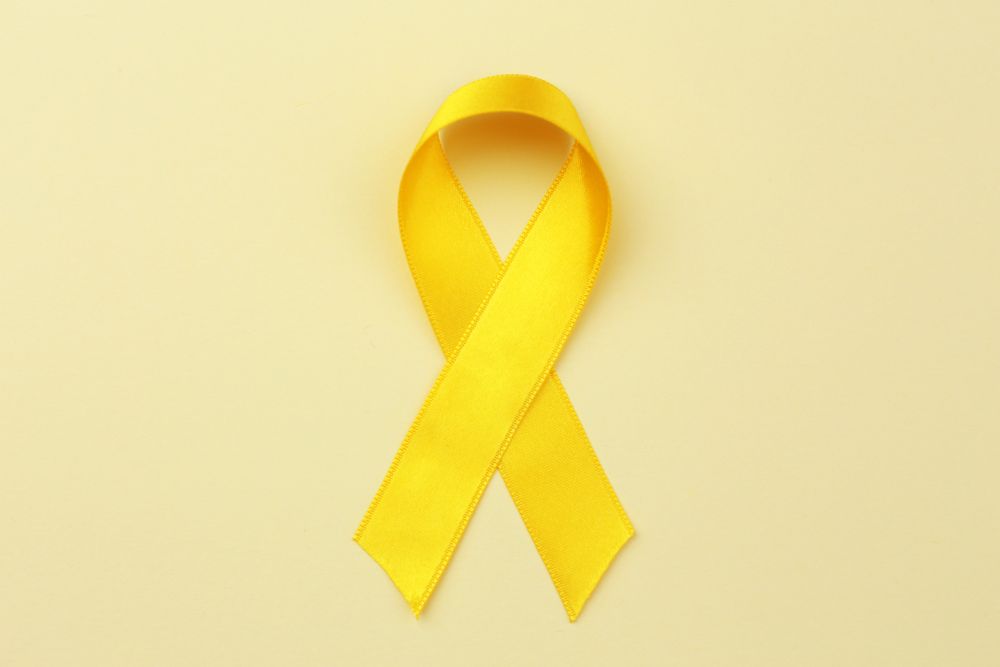Endometriosis is a disease in which endometrial-like tissue grows beyond the uterus, and implants on other organs such as the ovaries, fallopian tubes, and the abdomen. Unfortunately, the symptoms of endometriosis resemble those of other diseases such as irritable bowel disease (IBD), or are commonly mistaken as typical signs of menstruation. The confusion around endometriosis has led to a significant lack of awareness, leaving many with untreated pain and issues with fertility. Affecting about 10% of females of reproductive age, endometriosis is not a rare condition, therefore, it is important for all women to be able to recognize the disease, and receive proper care.
Symptoms of Endometriosis
Symptoms of endometriosis vary from patient to patient, with even some women (about 20-25%) reporting no symptoms at all. For many endometriosis patients, the most typical symptoms are severe pain and bleeding, especially during menstruation. As both of these symptoms are characteristic of normal periods, many do not realize that there might be a deeper issue. However, if these symptoms begin to interfere with day-to-day activities, there is a likely problem. Other examples of symptoms that are indicative of endometriosis include:
- Severe pelvic/abdominal pain that starts before and lasts several days after menstruation
- Painful sex
- Pain during bowel movements and/or urination
- Excessive bleeding during and in between periods
- Fatigue
- Bloating or nausea
- Infertility
If you are noticing any of these changes in your health, it is important to speak to your doctor about a proper diagnosis. An early diagnosis can help better manage your symptoms and slow/prevent further tissue growth.
Diagnosing & Treating Endometriosis
To properly diagnose endometriosis, a minor surgery known as a laparoscopy is needed. A laparoscopy is performed under general anesthesia and requires a small incision, to allow your physician to visualize and take a biopsy of the endometrial tissue growth. Other diagnostic tools may also include a pelvic exam, an ultrasound, and/or MRI. If endometriosis is identified, there are several courses of action available to manage your symptoms, as there is currently no cure for the condition. Most commonly, patients that are not trying to get pregnant are prescribed hormonal birth control, which has been found to significantly reduce pain and bleeding. Other methods of treatment also include other forms of hormone therapy and/or anti-inflammatory medication. In some cases, especially for those seeking to get pregnant, surgery to remove the endometrial growths may be recommended. Depending on the severity of your case, your doctor will prescribe a treatment plan that is best suited for your needs.
Talking to Your Doctor About Endometriosis
Recognizing changes in your health can be extremely unsettling, and that is why our doctors are here to help. Speaking with your healthcare provider and allowing them to assess your concerns, is the best and fastest way towards helping you feel more like yourself. We understand that talking about endometriosis can be difficult, so here are some tips to help you prepare for your visit:
- Write down a list of your symptoms and describe them in detail
- If possible, have a timeframe of when your symptoms may have begun
- Does anything make your symptoms better or worse? If so, write it down
- Find out whether anyone if your family has had endometriosis
- Have a list of any other conditions you have / medications you take
- Prepare a list of your questions/concerns
After discussing your symptoms, your physician will begin to initiate your diagnostic/treatment plan. Treating an illness is a process, and you may find that more questions will arise along the way. Always feel emboldened to voice your concerns, because no one knows your body as well as you do. At Pacific Gynecology and Obstetrics Medical Group, we understand that personalized care is integral to true healing, and are ready to implement a treatment plan unique to you. To learn more about your options, schedule a consultation today.


